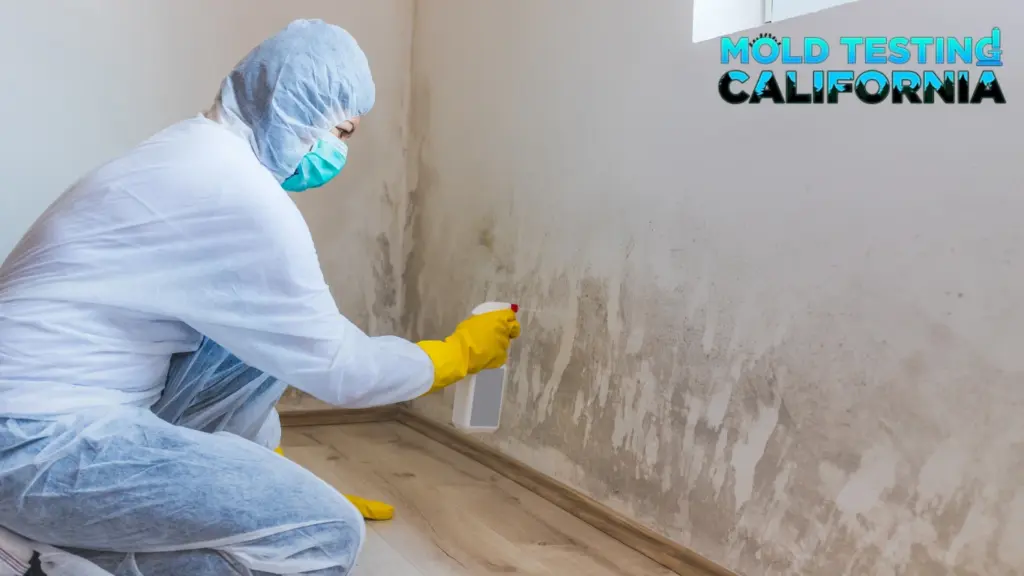When mold issues arise, the thought of mold remediation can be overwhelming. Knowing what to expect before the process begins can help you feel more prepared and secure. Here’s a guide to understanding the steps involved in mold remediation and how you can prepare your home for the best possible outcome.
Preparing Your Home for Mold Remediation
Before the professionals arrive, it’s essential to make sure your home is ready for the mold remediation process. You’ll need to clear the affected areas of furniture, personal items, and anything that might obstruct the work. This helps the mold removal team access every corner where mold could be hiding, ensuring a thorough treatment. Also, ensure that there is proper ventilation in the affected rooms so the air circulates freely, allowing the team to work efficiently.
Understanding the Mold Remediation Process
The mold remediation process begins with a detailed inspection. This involves testing the air quality and inspecting surfaces for signs of mold growth. A professional mold remediation service will identify not only the visible mold but also hidden pockets of infestation. Mold may thrive in walls, under flooring, or in attics, where it’s less noticeable. Once the inspection is complete, the team will use specialized equipment like air scrubbers, HEPA vacuums, and chemicals to contain and remove the mold safely.
What Happens During the Remediation Process?
During mold remediation, the affected areas will be sealed off to prevent mold spores from spreading throughout your home. Professionals use containment measures to isolate the mold from other parts of the property. They then remove contaminated materials like drywall, insulation, or flooring that cannot be salvaged. After removal, the areas are cleaned and sanitized thoroughly to eliminate any remaining mold spores. The last step in the process is drying out the environment, which helps prevent future mold growth by eliminating moisture.
Post-Remediation: What You Should Know
Once the mold removal is complete, it’s important to take steps to ensure that your home stays mold-free. Some companies will conduct post-remediation testing to verify that all mold has been removed. If mold was caused by water damage, it’s essential to address the source of the moisture to prevent recurrence. Simple steps like controlling humidity, fixing leaks, and ensuring proper ventilation can help maintain a mold-free environment long after the mold remediation is finished.
The mold remediation process can be extensive, but it is crucial for protecting your home and health. Preparing ahead of time and knowing what to expect helps ease the stress and ensures that the work is done efficiently and effectively.
Learn more:
The Importance of Initial Mold Inspection for Remediation

